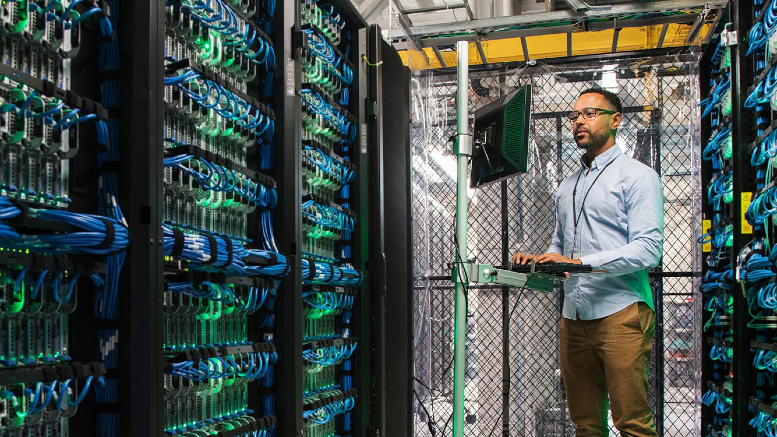
As the holiday season rapidly approaches and Cyber Monday deals are revealed, I am reminded of Charles Dickens' A Christmas Carol. The book follows Ebenezer Scrooge’s journey through his past, present and future sparking his transformation from close-minded to enlightened. Cloud’s development fortunately doesn’t have the darkness associated with Dickens’ novel, but there is certainly a story to be told about its past, present and an optimistic future.
The arrival of cloud technology triggered a rapidly moving wave of innovation, which created significant disruption across all sectors and prompted widespread digital transformation. And today, we continue to witness the expansion of cloud’s capabilities.
Cloud’s Past
Before the innovation of cloud computing, businesses relied exclusively on their own or shared data centers. This approach created barriers to start up and expand for any company but the best capitalized, as expansion almost always required capital expenses.
In its initial phase, cloud computing focused on offering as Infrastructure as a service (IaaS). By viewing cloud through the lens of IaaS, the cloud provider owns the hardware and some software while the business rents the resources on a pay-as-you-go system based on its operational needs. This set forth a major shift as businesses transitioned from a Capital Expenditures (CapEx) model to an Operating Expenditures (OpEx) model when acquiring cloud services and turning them into an on-demand, utility-like service. With IaaS, businesses furthered their scalability and innovation by adding more cloud resources when needed, in an on-demand fashion. An additional benefit is access to improved equipment and services. When renting, businesses can constantly switch and adapt to the latest technology optimizing their overall expenditures and costs.
Cloud’s Present
Today, the cloud has continued to mature. Cloud continues to utilize the IaaS model but has added other capabilities such as Platform as a service (PaaS) and Software as a service (SaaS). PaaS enables application-independent software vendors and developers to leverage the cloud to build cloud applications using the cloud platform. SaaS is a cloud-based software model that can be accessed by any user from any machine with a network connection. This enables easier accessibility as software requires no installation and automatically provides updates to dramatically decrease cost while rapidly deploying.
Finally, cloud services are adding artificial intelligence (AI)/machine learning (ML), analytics and security tools to optimize data efficiently and effectively. Security is an important differentiator in present cloud offerings as security-focused providers and their partners can monitor, identify and mitigate security threats in real time.
Cloud’s Future
Two tectonic shifts are happening today: migration of the IT infrastructure to the cloud and application migration due to the cloud-native infrastructure. The primitive design for the cloud- native infrastructure and middleware is still being firmed up, which leads to a lot of confusion with clients and is a huge market opportunity for the digital transformation of businesses.
According to Gartner, worldwide spending on public cloud services will grow approximately 20% per year to $282 billion by 2024. Simply put, now is the time to invest in cloud solutions to solve your business outcomes. Cloud enables increased efficiencies through cost reduction, better data security with higher scalability, increased mobility and better visibility and control of the data. Cloud enables business to innovate faster with agility, reduce time to market, foster better collaboration and accelerate digital transformation of enterprises.
Given the huge volume and velocity of data available in the cloud, AI/ML plays an important role to analyze the data to predict future trends and anomalies such as business SLA violations.
With the advent of 5G high bandwidth-enabled cloud, edges will become commonplace and the cloud as we know it will be distributed with edges. This will enable support for next- generation, highly interactive applications that are bandwidth-hungry such as 3-D video conferencing, augmented reality and scalable IoT support.
These are just the peak of innovation as cloud continues to evolve and expand its capabilities.
Take your business to new heights
Partnering with a cloud expert will ensure you have the right framework upfront and can attend to the ongoing care and feeding your cloud deployment will need over time.
With a cloud-first strategy that makes integration easy, addresses security in the most effective way and allows for optimal automation, cloud migration, digital transformation and modernization, scale and speed, you will be able to innovate more rapidly, increase your resilience in an unpredictable world and enjoy better outcomes for both your business and all of its stakeholders.
And be ready to embrace the future.



















